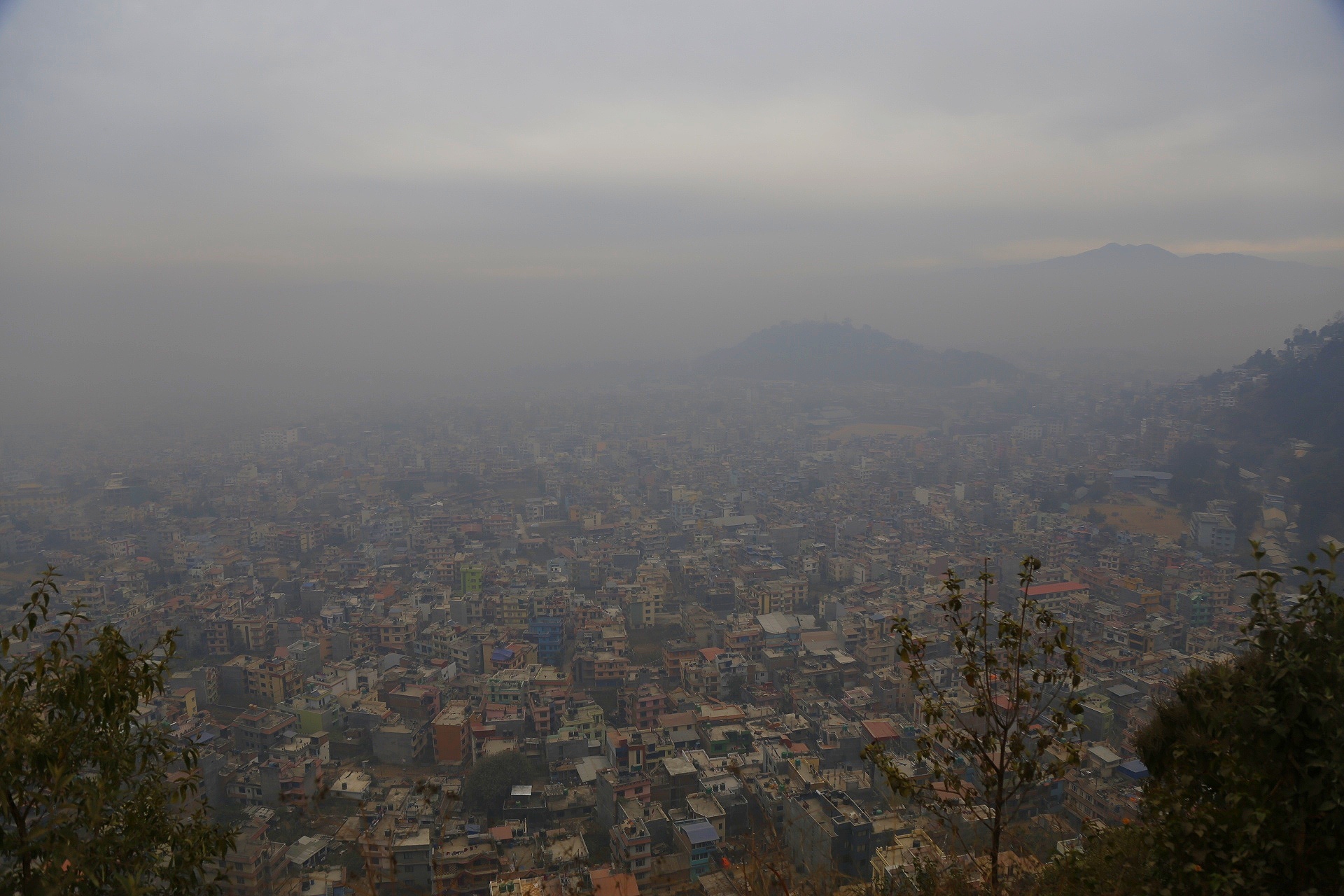
Air Quality Alert Issued for Miami Valley: June 21–23
Overview
The Miami Valley Regional Planning Commission, in collaboration with the Regional Air Pollution Control Agency, has issued an Air Quality Alert for the period from Saturday, June 21, through Monday, June 23. This alert applies to the counties of Clark, Darke, Greene, Miami, Montgomery, Preble, and Shelby.
Environmental Conditions and Health Implications
The National Weather Service forecasts temperatures reaching the mid-90s with light winds and sunny skies during this period. These conditions are conducive to the formation of ground-level ozone, a harmful air pollutant.
The Air Quality Index (AQI) is expected to reach 101 daily, categorized as “unhealthy for sensitive groups.” This poses health risks particularly to:
- Individuals with respiratory or cardiac conditions
- Older adults
- Children
These groups are advised to limit prolonged or heavy outdoor exertion. Asthma patients should adhere to their asthma action plans and keep quick-relief medication accessible. While the general public is less likely to be affected, moderation of outdoor activities during peak afternoon hours is recommended.
Recommended Actions to Reduce Air Pollution
In alignment with the Sustainable Development Goals (SDGs), particularly SDG 3 (Good Health and Well-being) and SDG 11 (Sustainable Cities and Communities), residents are encouraged to take the following measures to mitigate air pollution, especially on Air Quality Alert days:
- Avoid driving when possible: Vehicle emissions contribute nearly 50% of ground-level ozone. Alternatives such as carpooling, public transit, walking, or biking for short trips are recommended.
- Refuel vehicles in the evening: Gasoline vapors contribute to smog formation. Refueling during cooler hours helps reduce emissions. Ensure gas caps are tightly sealed.
- Limit use of gasoline-powered equipment: Equipment like lawn mowers and chainsaws significantly increase ozone pollution. For example, one hour of gas-powered mower use equals the pollution of 11 hours of car driving. Battery-powered or manual tools are preferable.
- Mow lawns in the evening: Reduced sunlight intensity lowers the likelihood of ozone formation.
Further Information and Resources
To support SDG 13 (Climate Action) and promote community awareness, residents can subscribe to daily Air Quality Index forecasts and alerts via email at MiamiValleyAir.org.
For additional information, contact the Miami Valley Regional Planning Commission at 937-223-6323.
1. Sustainable Development Goals (SDGs) Addressed or Connected
- SDG 3: Good Health and Well-being
- The article highlights health risks associated with poor air quality, especially for sensitive groups such as people with respiratory or cardiac conditions, older adults, and children.
- SDG 11: Sustainable Cities and Communities
- The focus on air quality alerts and reducing pollution in urban and regional areas aligns with making cities safer and more sustainable.
- SDG 13: Climate Action
- Efforts to reduce emissions from vehicles and gasoline-powered equipment contribute to mitigating climate change impacts.
- SDG 7: Affordable and Clean Energy
- Encouragement to use battery-powered or manual equipment instead of gasoline-powered tools relates to promoting clean energy alternatives.
2. Specific Targets Under Those SDGs
- SDG 3: Good Health and Well-being
- Target 3.9: By 2030, substantially reduce the number of deaths and illnesses from hazardous chemicals and air, water, and soil pollution and contamination.
- SDG 11: Sustainable Cities and Communities
- Target 11.6: By 2030, reduce the adverse per capita environmental impact of cities, including by paying special attention to air quality and municipal and other waste management.
- SDG 13: Climate Action
- Target 13.2: Integrate climate change measures into national policies, strategies, and planning.
- SDG 7: Affordable and Clean Energy
- Target 7.3: By 2030, double the global rate of improvement in energy efficiency.
3. Indicators Mentioned or Implied to Measure Progress
- Air Quality Index (AQI)
- The article explicitly mentions the Air Quality Index reaching a level of 101, classified as “unhealthy for sensitive groups.” AQI is a key indicator for measuring air pollution levels and progress towards improving air quality.
- Vehicle Emissions Contribution
- Implied indicator: Percentage of ground-level ozone attributable to vehicle emissions (noted as nearly 50%). Tracking reductions in vehicle emissions can measure progress towards targets.
- Use of Clean Energy Equipment
- Implied indicator: Adoption rates of battery-powered or manual equipment versus gasoline-powered tools, which impact ozone pollution levels.
- Public Awareness and Behavioral Changes
- Implied indicator: Number of residents following recommended actions such as avoiding driving, refueling in the evening, and mowing lawns at appropriate times.
4. Table: SDGs, Targets and Indicators
| SDGs | Targets | Indicators |
|---|---|---|
| SDG 3: Good Health and Well-being | Target 3.9: Reduce deaths and illnesses from hazardous chemicals and air pollution. | Air Quality Index (AQI) levels; incidence of respiratory/cardiac conditions related to air pollution. |
| SDG 11: Sustainable Cities and Communities | Target 11.6: Reduce environmental impact of cities, focusing on air quality. | AQI; percentage of ozone pollution from vehicle emissions; urban air pollution metrics. |
| SDG 13: Climate Action | Target 13.2: Integrate climate change measures into policies and planning. | Reduction in emissions from vehicles and gasoline-powered equipment; adoption of clean technologies. |
| SDG 7: Affordable and Clean Energy | Target 7.3: Double the rate of improvement in energy efficiency. | Use rate of battery-powered/manual equipment versus gasoline-powered tools; energy consumption patterns. |
Source: thislocallife.com







